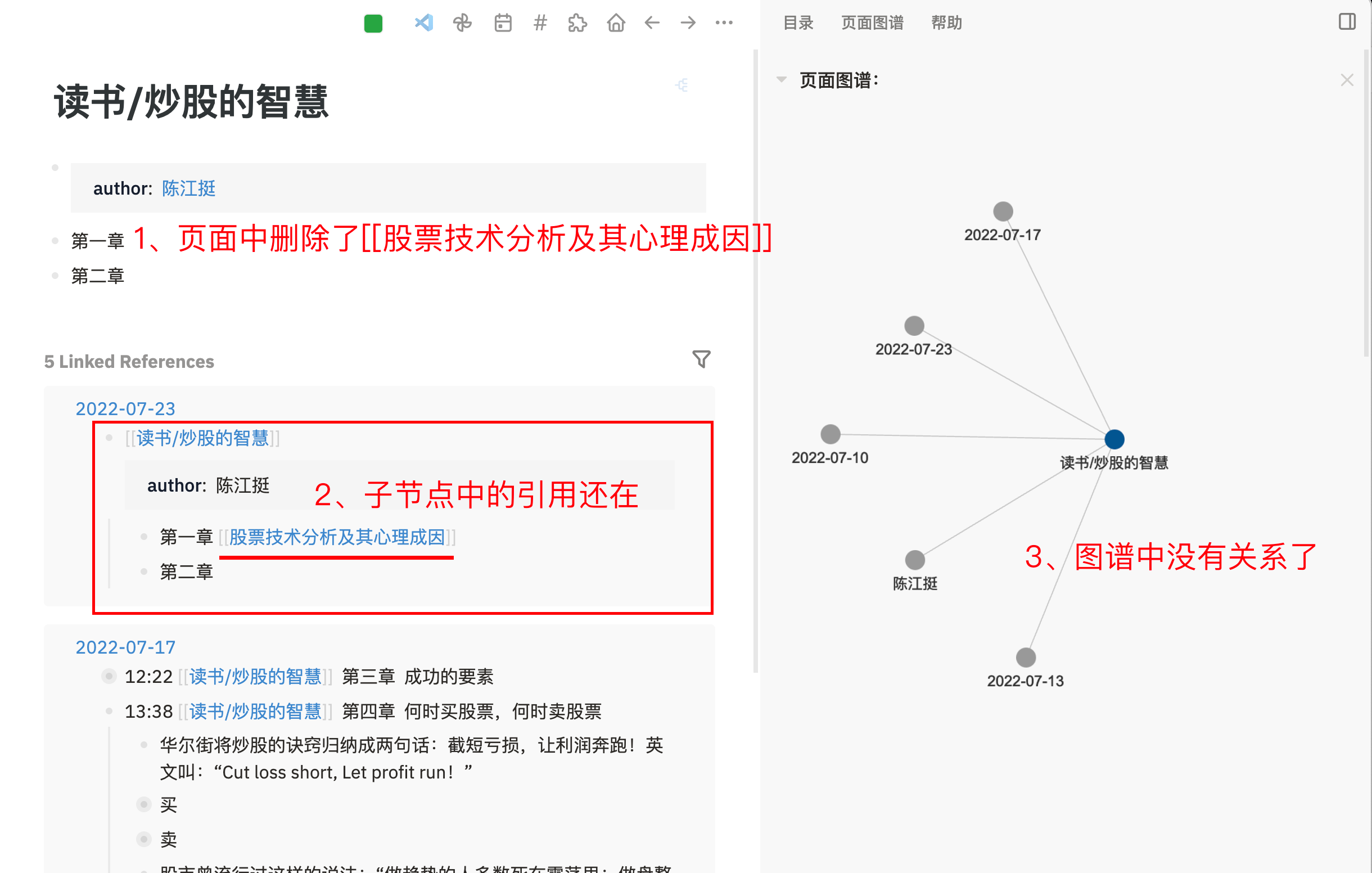Original link: https://www.skyue.com/22072311.html
In Logseq, information organization involves the three concepts of page, block and namespace. Combined with the workflow of daily note, I believe that many users will be entangled in when to use page, block or namespace. This article talks about my opinion.
First, they mean the following:
- page: It is a traditional document with title and text
- block: paragraph in page, starting with
-, the basic unit of page - namespace: the parent-child relationship of the page used
/built in the title of the page, for example,读书is the parent page读书/炒股的智慧
common ground
First of all, they are the same: Logseq is an outline note, all three concepts are building an outline .
- The page is actually the parent block of its first-level block, and the content is the page title
- The namespace is to build the outline relationship between the page and the page, but it is scattered in different files, and the order is lost (the blocks in the page and the sub-blocks of the block are in order)
- If you think about it further: the library name is the root node of all notes, so the Logseq library is a directed tree structure with a root node.
Two typical usage methods of page and block are as follows.
The first way: create a page for the theme, and the content is written in the page 
The second way: create a page for the theme, but use the theme as a node in the daily note, and then put the theme content in the child nodes. 
These two methods, I believe each has a group of users, and it is estimated that many people are struggling with which method to use. In terms of simply outline organization, there is no difference.
difference
1. In the graph view, there is only the reference relationship of the page, and there is no reference to the block
This is the fundamental difference, if you want two concepts to build a relationship and be able to view them in the graph view, you must create pages for both concepts and reference them in the page .
I am emphasizing that it must be quoted in the page, and continue to discuss based on the two methods mentioned above.
The first way,读书/炒股的智慧and the股票技术分析及其心理成因will form a connection in the graph view, but the second way, it is an isolated node without connection. As shown below.

In the second way, although there is no connection in the graph view, under读书/炒股的智慧, you can partially view the pages referenced by itself and its child nodes. It is the Filter function of Linked References, as shown below:

I personally look forward to providing a switch in the graph view in the future, allowing users to display the relationship between the page in the Filter and the current page in the graph view.
2. All markup syntax is only valid on blocks
In other words, blocks both carry content and support organizing content with indentation . Page and namespace are essentially just organizing content. After all, the title of page and namespace can carry very little information.
Specifically speaking about the task, you can only set the block to todo and not the page to todo. If you need to set the page to todo, you need to build a todo block and then refer to the page.
3. The child nodes of the namespace have no order
The blocks under the page and the sub-blocks under the block have order, but the child nodes of the namespace have no order.
Therefore, namespace is not suitable for content organization with logical progression relationship. For example, the chapter notes of reading, the form读书/炒股的智慧/第一章is not recommended.
summary
I don’t use Query in-depth, and it is not clear whether there is a significant difference between page and block at the Query level. Based on my understanding of the Logseq data structure, I guess there won’t be much difference.
Regarding the choice of page and block, I put all the notes in the block of the daily note, and organize them according to the timeline. The block will be marked with a page tag, and then enrich the content in the child nodes. Generally, I do not write things in the page.
Correspondingly, I rarely use graph view, but maintain a MOC (Map of Content) for each field of interest, and then embed it into the Contents directory. My Contents directory structure is as follows.

Related Reading
This article is reprinted from: https://www.skyue.com/22072311.html
This site is for inclusion only, and the copyright belongs to the original author.